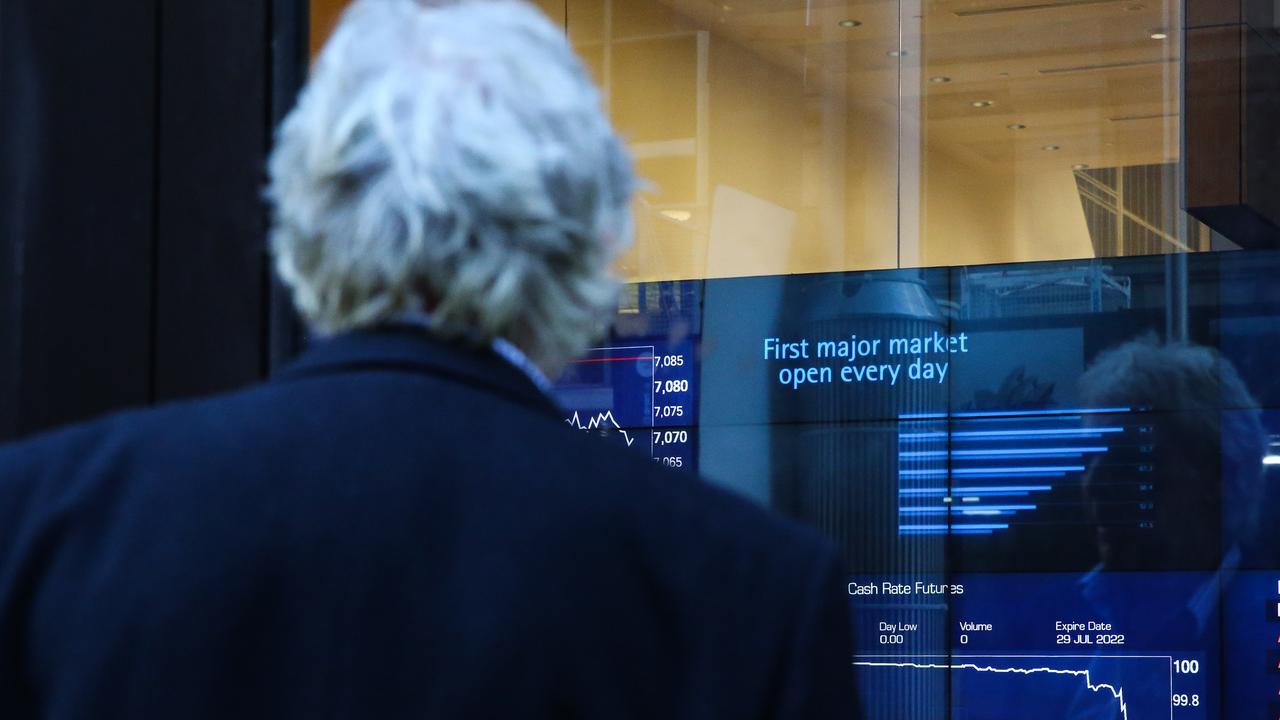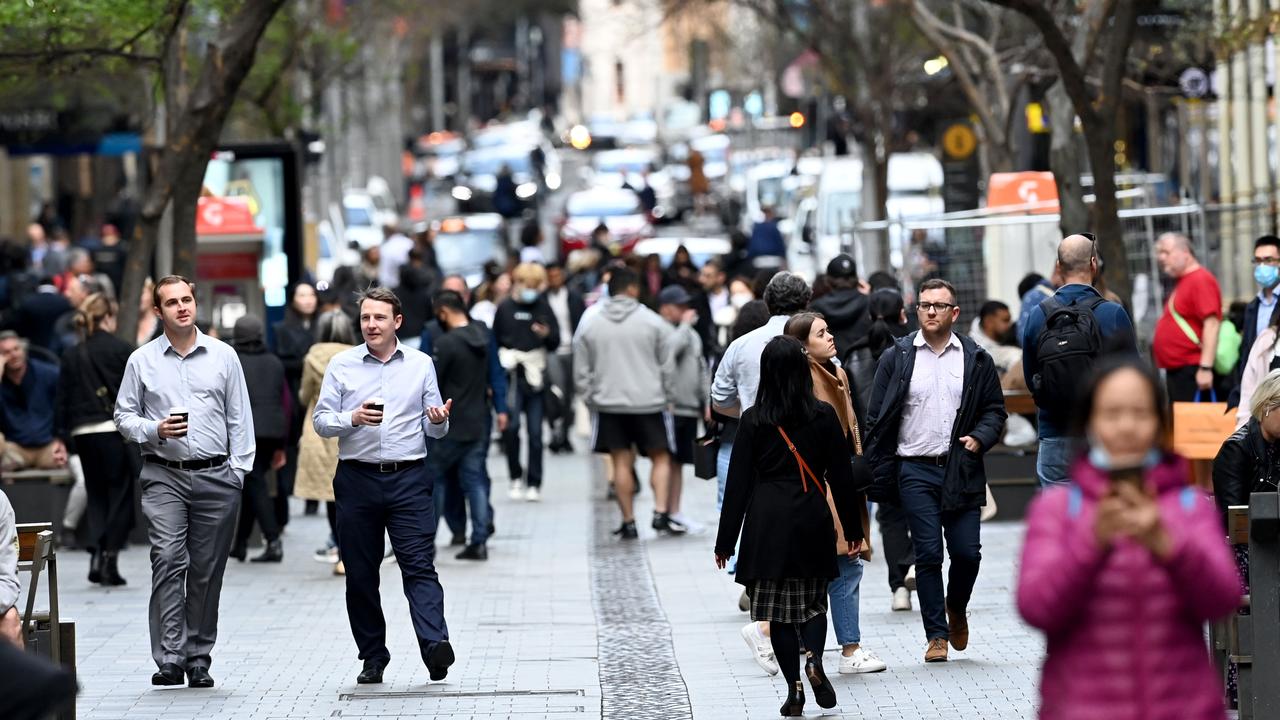The looming disaster hidden in Australia’s job figures
We’ve just had spectacular job numbers but there’s a potential employment disaster looming that could see all Aussies struggle.
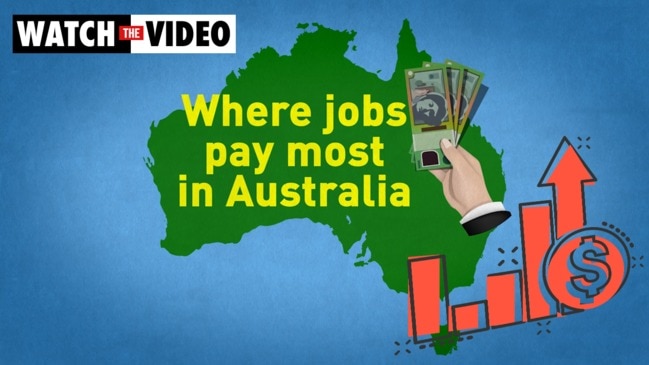
COMMENT
A spectacular result in the latest job numbers is turning Australia’s lacklustre vaccine rollout into an even bigger looming disaster.
Here’s the situation: What if all the support for the economy actually gets us back to the rarefied air of full employment? We’re already back at 5.1 per cent unemployment, a rate lower than before the pandemic, and one rarely seen for over a decade, as the next graph shows.
RELATED: How many jobs lost since JobKeeper ended
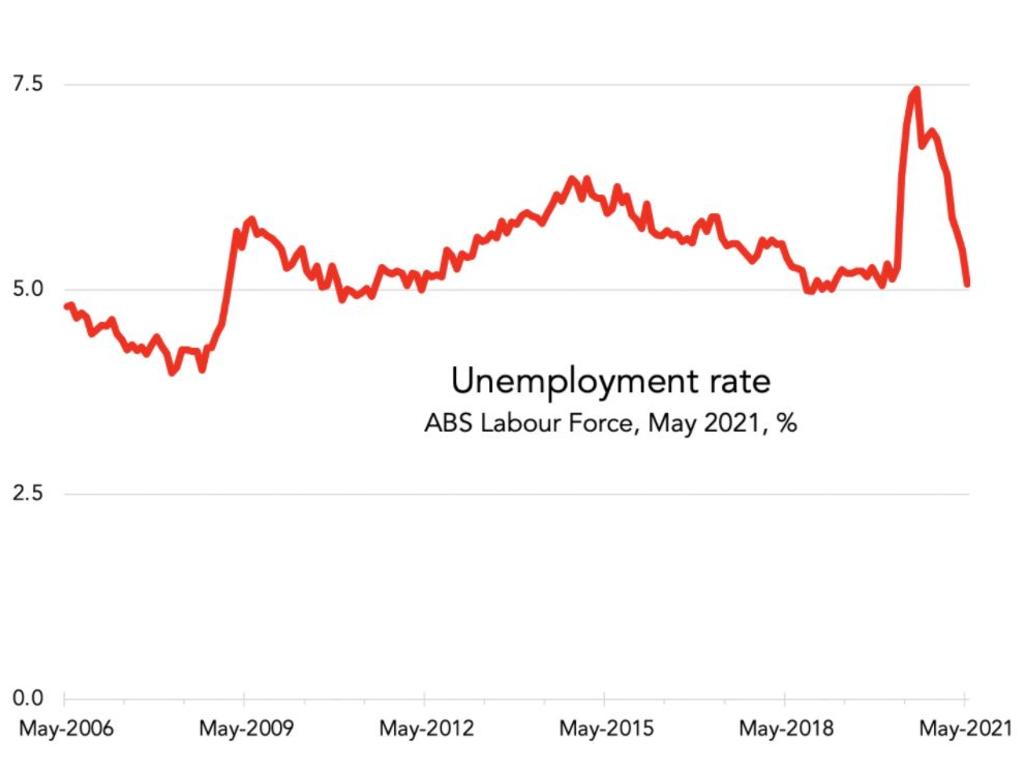
The problem is, we are zooming towards the point where worker shortages become a real issue in certain domains. Soon, we will start to need migrant workers back.
Our economic success makes the vaccine rollout all the more vital. The lack of progress in getting shots into arms means Australia’s borders will stay closed, and that will lead to worker shortages. Fruit rotting in the orchards, shortages of healthcare staff, too few hospitality workers, no Ubers when you open the app, not enough people on construction sites – the list goes on.
As the next chart shows, the growth in full time workers is the highest it has ever been in the history of the labour market. Almost 100,000 more Aussies were working full time in May than April, and things have never before got better so fast.
RELATED: What you need to earn to be rich
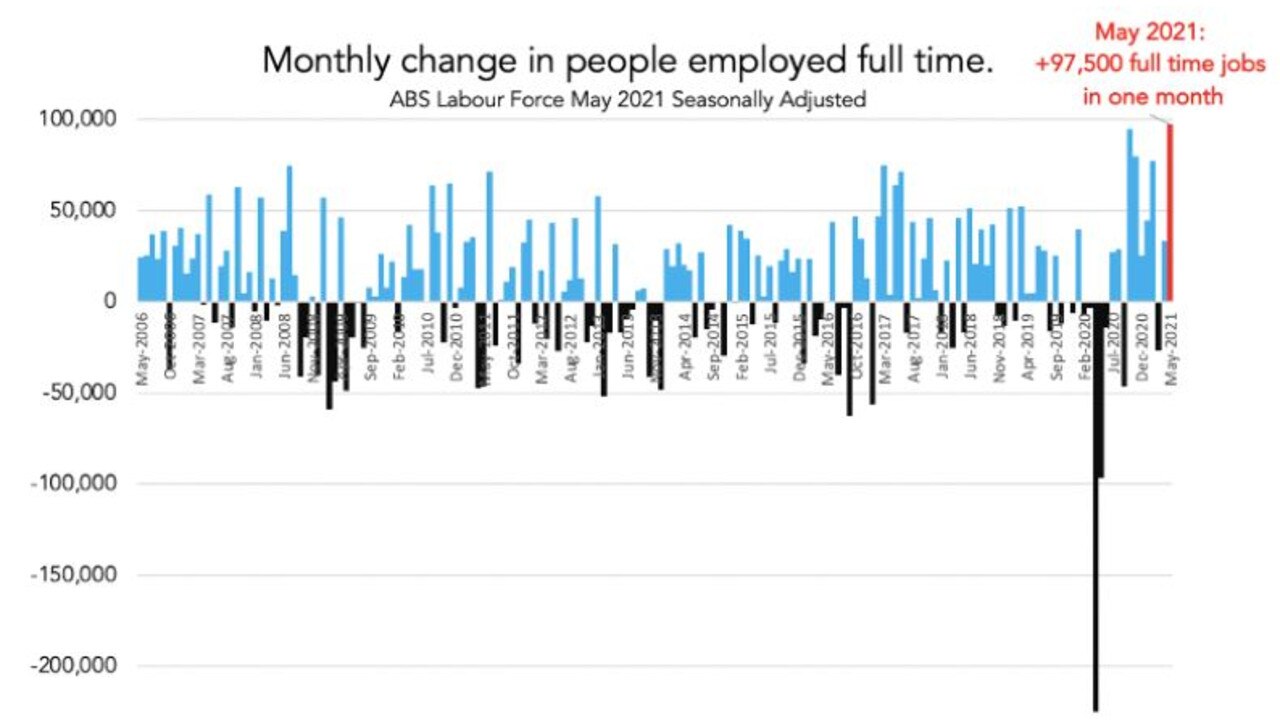
Around 8.97 million Aussies worked full-time in May according to the seasonally adjusted data, the first time the number has ever been over 8.9 million. This is a triumph that has driven underemployment down.
The Australian economy is particularly strong in the country, where unemployment is now much lower than the city. As the next graph shows, that’s very unusual.
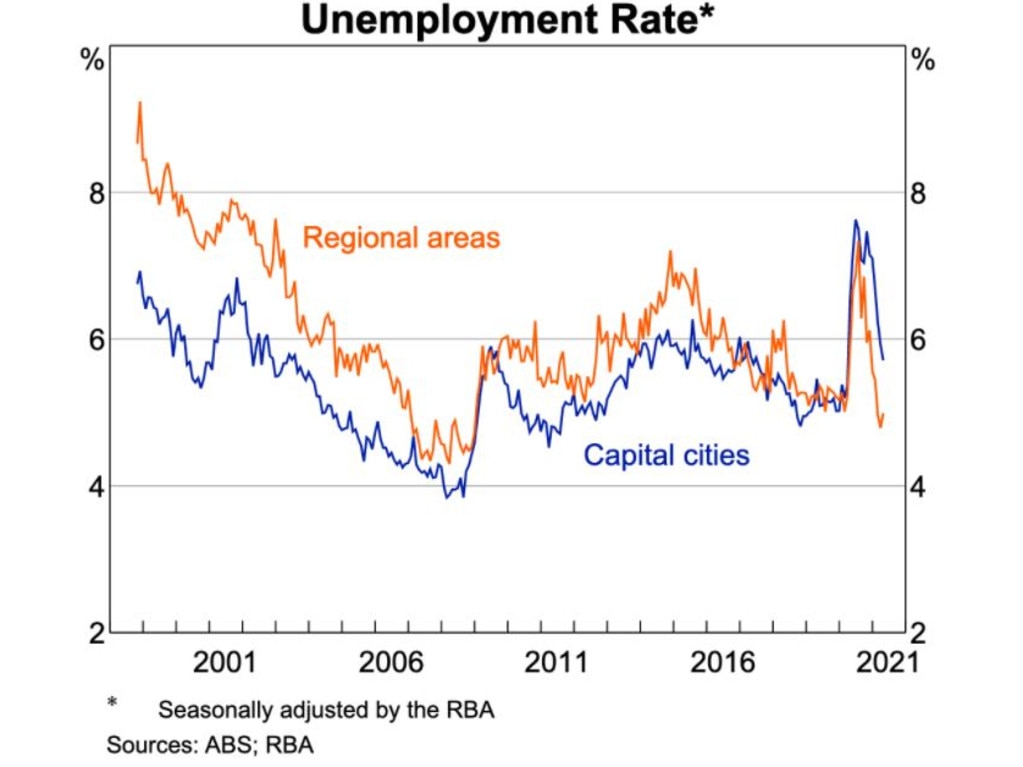
For a long time, cities were the economic powerhouses and smaller cities and the bush lagged behind. But now, despite the mouse plague, regional areas have the lowest unemployment in the country.
It raises a big question. What if we do what seemed possible and actually get to full employment? What if we run out of willing workers who aren’t already busy doing useful jobs?
The good part of this is the chance of wage rises. The bad part is labour shortages.
Where will we find workers then? Our big reserve of spare workers – the rest of the world – is closed off to us right now, and will be until our borders open. Over time, migrant workers leave, but very few are arriving right now. So the number of migrant workers in Australia is in a tailspin.
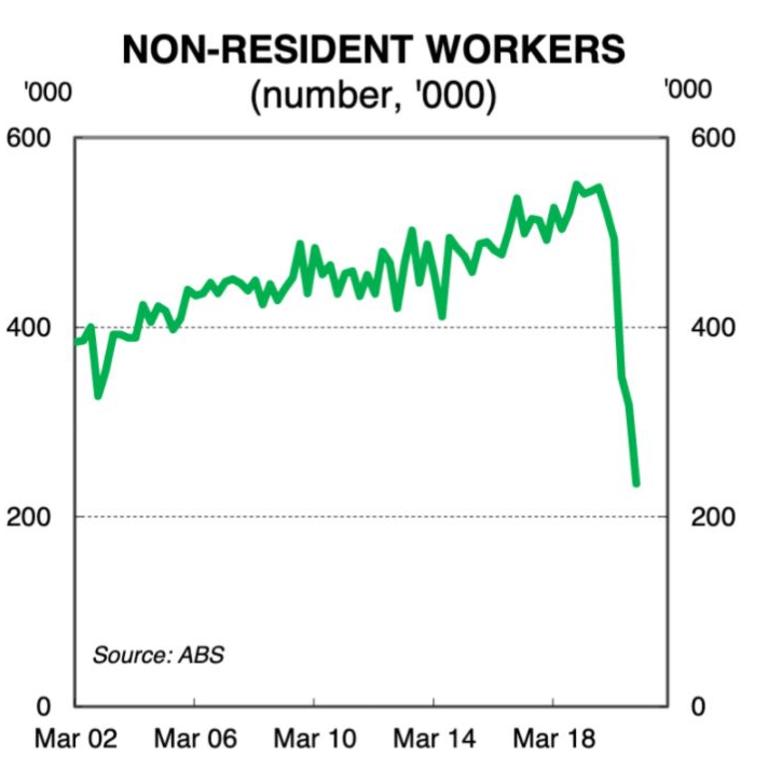
The above graph should be read alongside the following graph from the Internet Vacancy Index (IVI) that shows a huge surge in vacancies. Notice in particular the big lift in vacancies in agriculture and hospitality, two industries which traditionally use a lot of foreign workers.
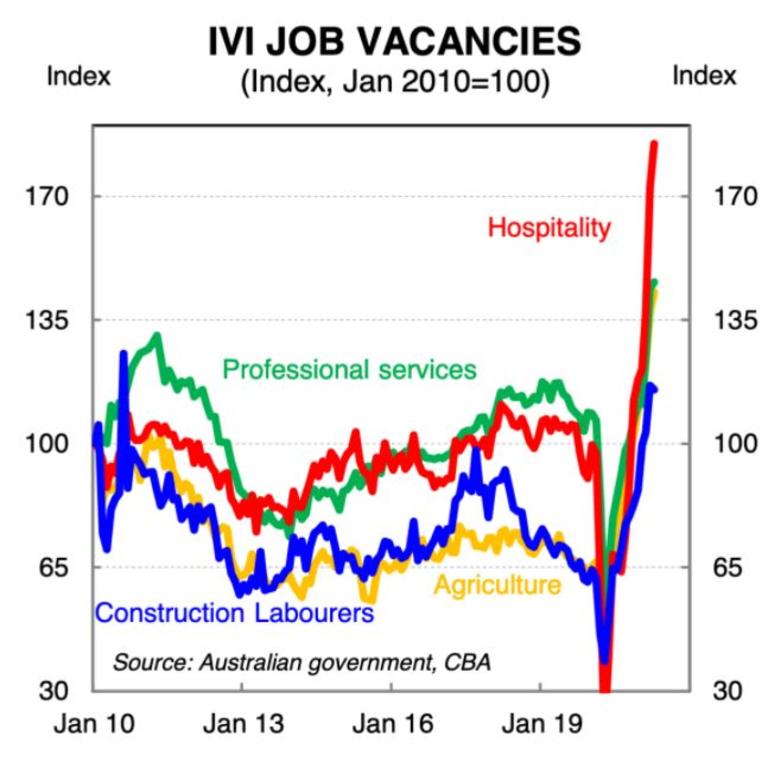
Whether you want fruit picked or a pint poured, it’s often a backpacker or migrant who does that work. Without them, we are going to face big challenges.
The time is getting ever closer when we will need to crack open our borders and let people in. That means we need a much stronger vaccine rollout. At the moment we are miles behind the leaders. We are ahead of Japan and New Zealand, but that’s not much to boast about.
The alternative will be more and more farmers who can’t find people to pick their fruit, and companies that have to hire staff who are not qualified for the job. And the sooner we need the borders open, the more we need a big share of all Australians vaccinated.
All the more reason to really get cracking with our vaccine program.
Jason Murphy is an economist | @jasemurphy. He is the author of the book Incentivology.


